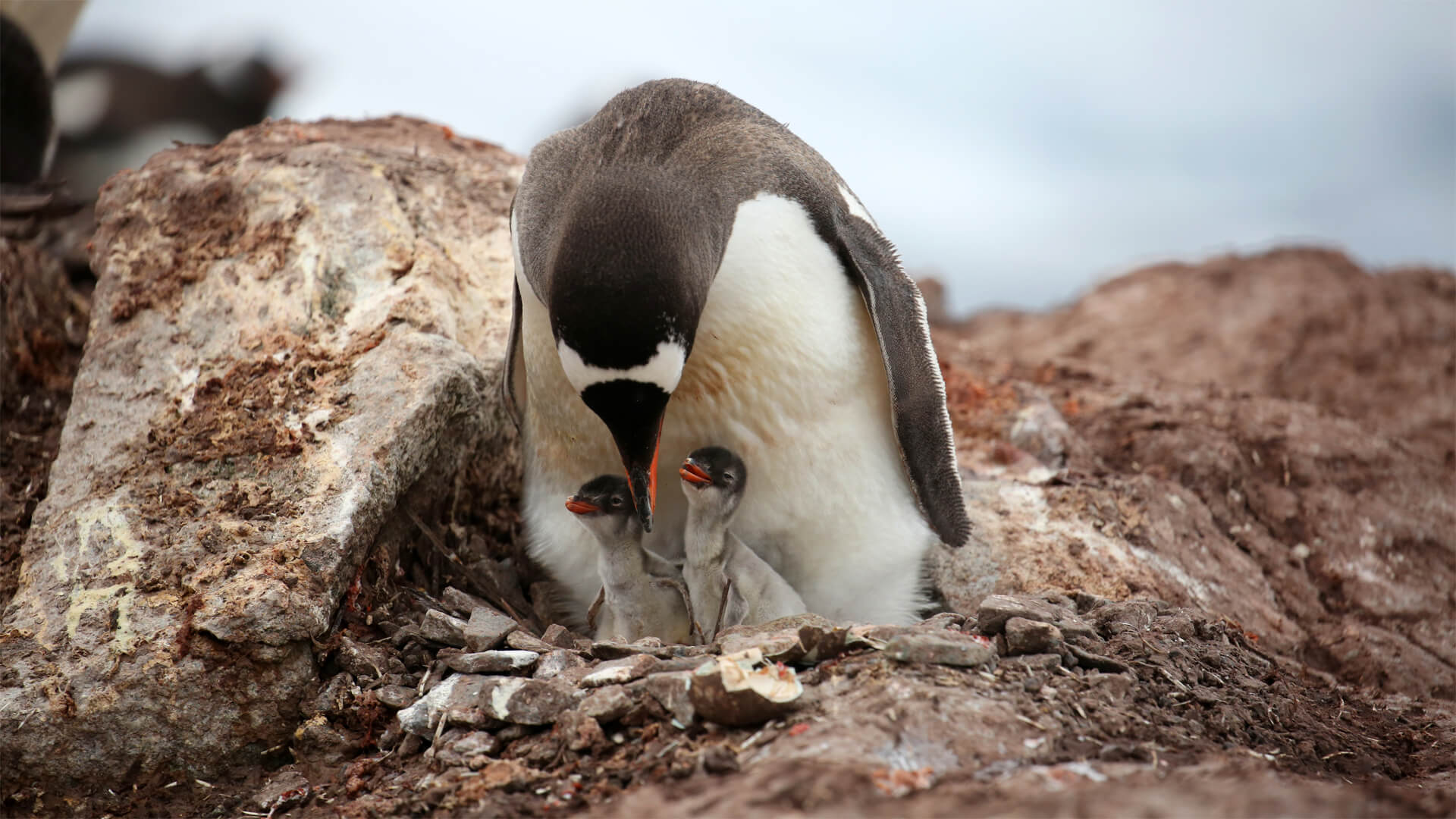
Antarctica is the windiest, coldest, driest, most barren and highest continent of all. It’s the very end, the southernmost land in the world. A continent in its own right (about one and a half times the size of Europe), a land that belongs to no one, no nation has sovereignty over these millions of square kilometers, and this until 2048… It’s the paradise of free and wild nature.
The adventure necessarily begins in the South of Argentine Patagonia, in Ushuaia: a mythical city at the end of the world. The arrival by plane is fantastic. The flight over the Beagle Channel with the Andes and the sea as a backdrop. The boat is moored at the port, waiting for us.
The number of times I went to Ushuaia seeing these boats, saying to myself “one day, it will be my turn to go there”… This time it’s for me!
But I wanted to have the best conditions to live this adventure. The first opportunity came in March 2020, but the trip was canceled because of the pandemic. I was leaving home with my bags packed, when my phone rang to warn me not to get on the plane, that the expedition was canceled…
I will definitely have to wait some more… But, as nothing happens by chance, I think I did well to wait, to finally enjoy this Antarctic cruise in the best conditions.
I have to thank the company Exploris and especially Corinne Renard for simply inviting me. It was the first outing for a cruise on the Antarctic Peninsula for this new French-speaking group and its new boat “Exploris One”, a latest generation ship.
We were a super nice group, enjoying unique conditions: with a crew of 118 people just for us. A real privilege!
But the sixth continent has to be earned… Indeed, Antarctica is separated from the southern tip of South America by one of the most feared and emblematic sea crossings in the world: the Drake Passage.
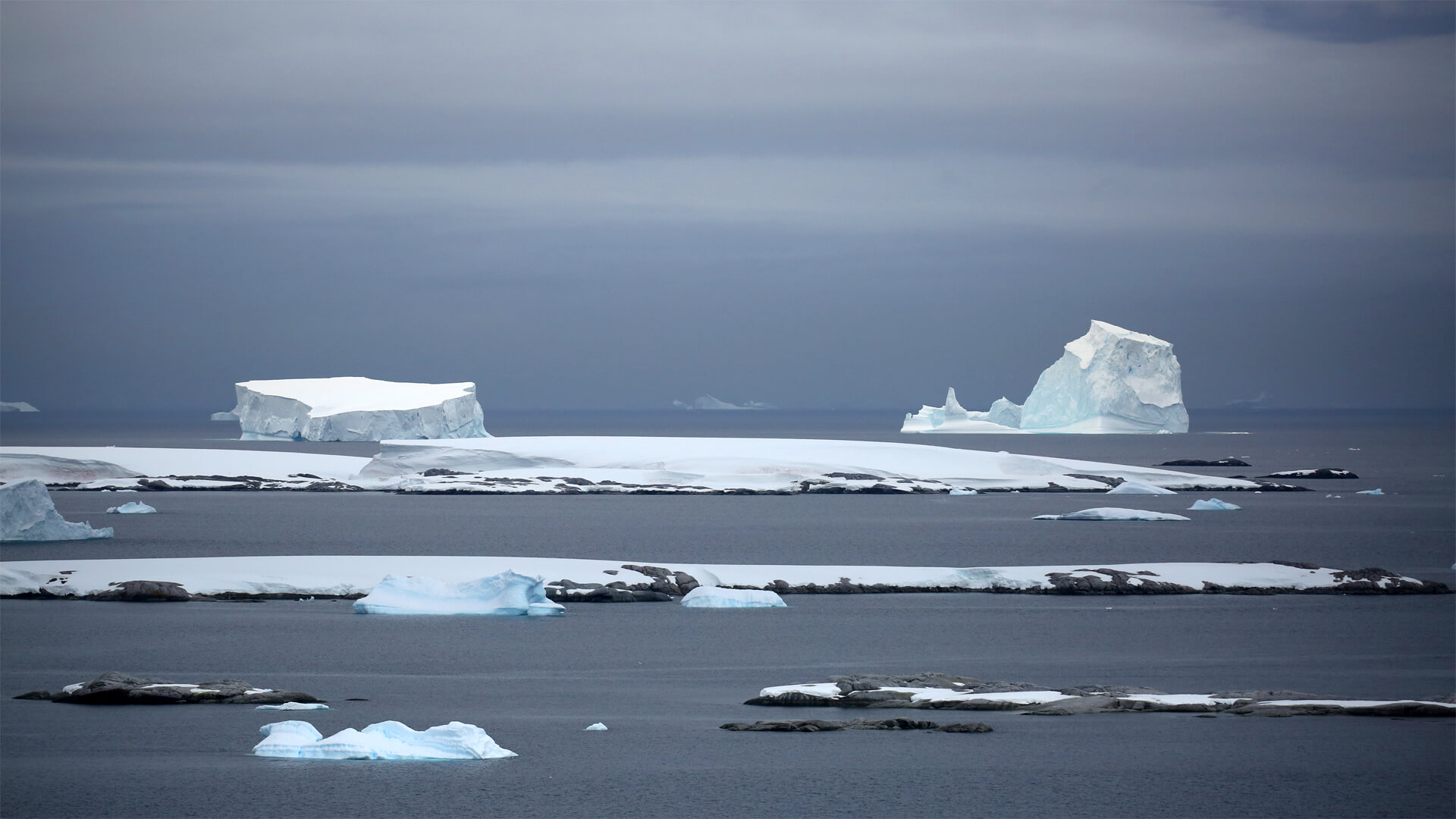
This strait connects the Atlantic Ocean to the Pacific Ocean. Characterized by often turbulent weather conditions, the Drake Passage is known for its rough seas and powerful winds. Sailors and explorers en route to Antarctica often face towering waves and strong winds, making the passage a dreaded but essential stop for anyone wishing to explore the polar regions. Despite its challenges, the Drake Passage also offers breathtaking seascapes, with icebergs drifting in from Antarctica.
For my part, the crossing was rather quiet. With “small” 4-meter high troughs, nothing too bad in fact… The crossing lasts about 48 hours… at the end of the first day, we finally enter the waters of Antarctica where, at dinner time, we had the privilege of coming across the first Iceberg.
I admit that I didn’t get up from my chair, thinking that it would look like the many drifting icebergs that can be seen on Lake Argentino in the Glacier Park in Argentina, or on Lake Grey in the Torres del Paine Park in Chile. But this one was of a completely different size! 64 meters high and 370 meters long to be precise! And there, I must admit that my astonishment was considerable.
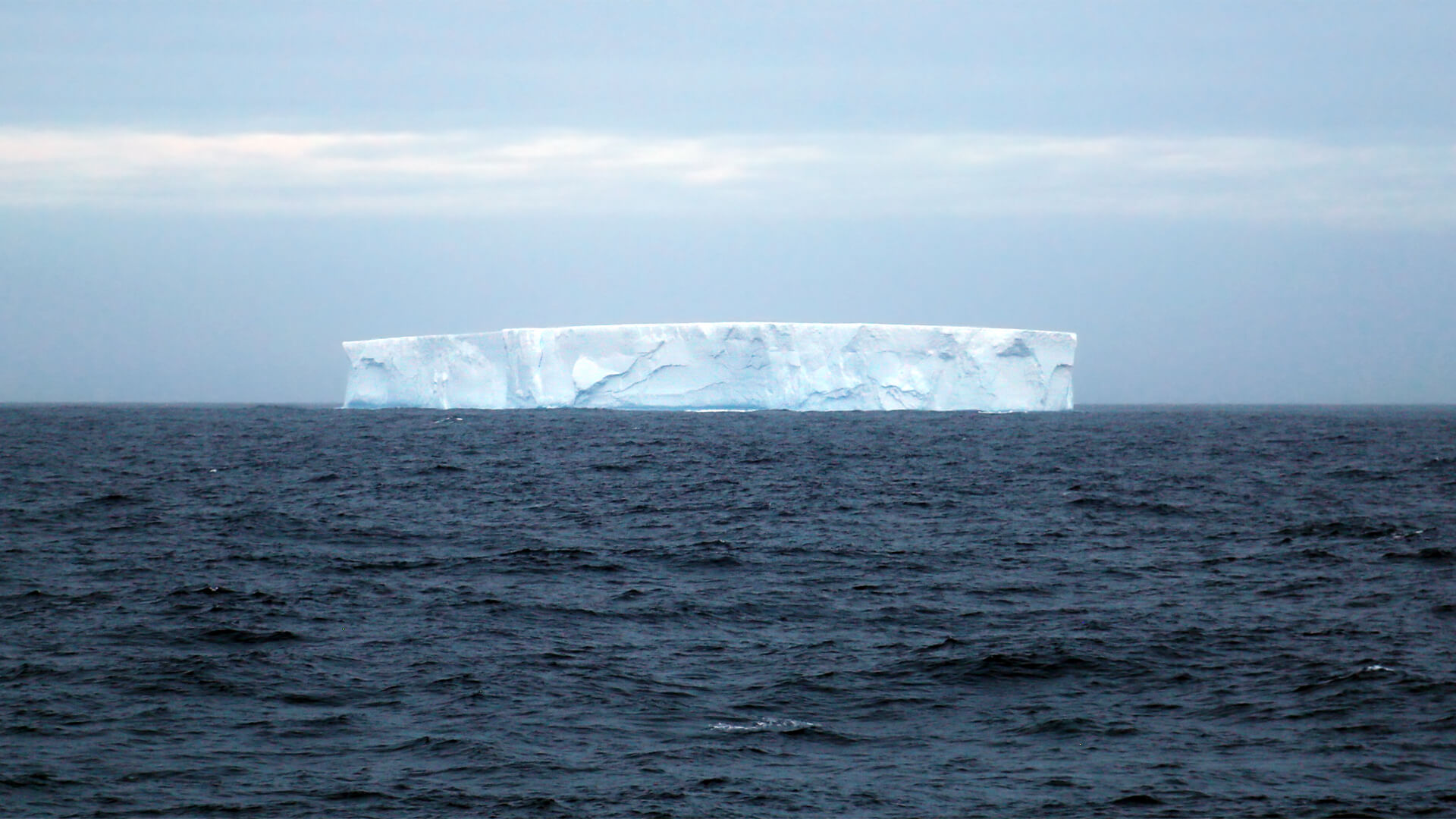
The approach to the Antarctic Peninsula triggers a special emotion for anyone lucky enough to come to these latitudes. Following in the footsteps of great explorers from the early 20th century, we enter early in the morning in the middle of a breathtaking landscape. Icebergs, mountains, dizzying glaciers, here we are in the white paradise. No human trace, the animals are Kings here.
We are finally there! The silence and the state of bliss of the group is on a par with the landscapes that surround us. With great emotion, we make our way aboard a zodiac to set foot on land and contemplate this spectacle, in this land of science and peace…
There are many sites to visit, they are chosen in order of registration, knowing that it is possible to be there with only one boat at a time on the same site. For our group, the first “appetizer” was Barrientos Island. Our first penguins are there and in what quantity!! The spectacle is quite fantastic, and I admit that setting foot on land after 48 hours of navigation is very pleasant.
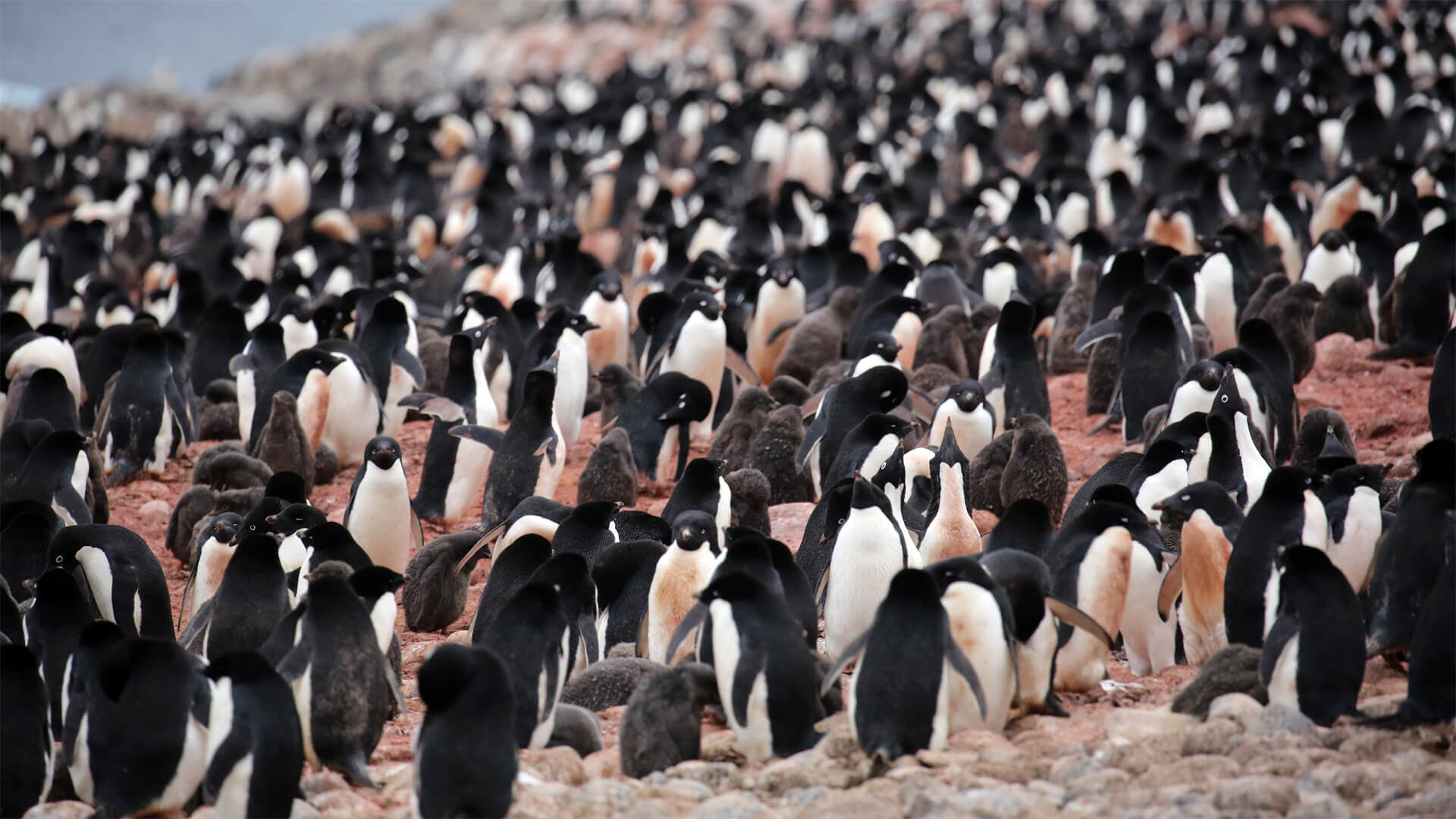
The visits to the sites will follow one another day after day, and exponentially. The penguins are omnipresent, on land of course, and in the water. According to specialists, the gentoo, chinstrap and Adélie penguins are present here. As for the more imposing King and Emperor penguins, they are further south, in the interior of the continent.
Whales are very numerous, we saw them every day. Many orcas too, which often move in groups. Also seals, the five species present here are the Weddell seal, the Crabeater seal, the Ross seal, the southern elephant seal and the leopard seal. In the air, cormorants, albatrosses, skuas and petrels are also omnipresent. We’ll do many outings every day in zodiacs and even kayaks, to be even closer to the elements and have a perception at water level.
The days pass and we are all captivated by the beauty and purity of these landscapes. A very strong emotion takes hold of us, the feeling of having seen the end of a completely virgin continent, where human has no influence. No one lives here except a few scientists. No construction either. Nothing is developed. Everything is natural, pure, virgin, like the morning of the first day…
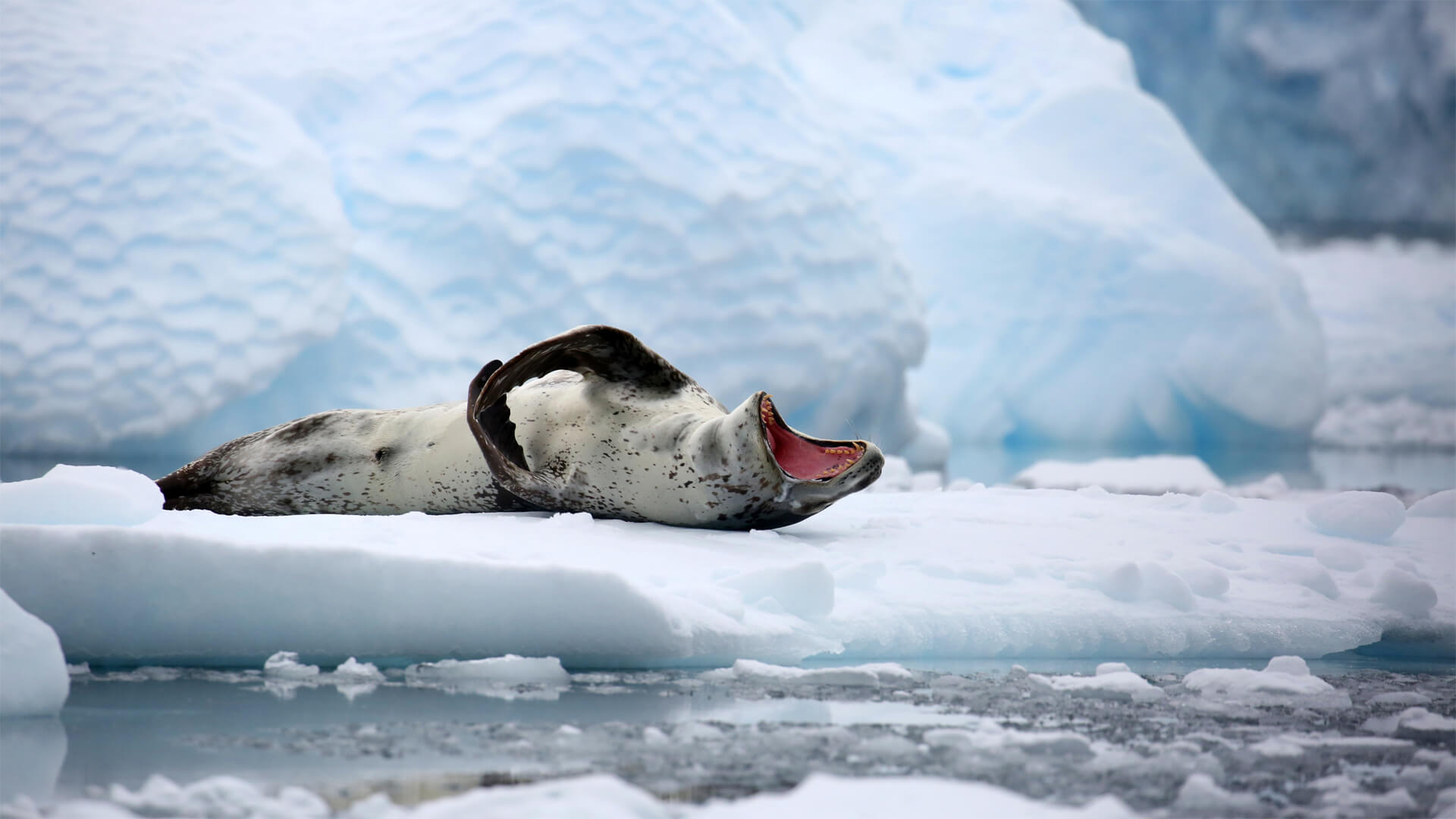
Being able to observe whales, orcas, leopard seals and Weddell seals just a few meters away, as well as thousands of penguins; it’s a whole animal sanctuary that can be found here.
After Antarctica, there is still the moon… We cannot leave here without being changed internally, emotionally. Moreover, many of us have cried, for various reasons no doubt, but with a common thread: realizing that these landscapes are indeed on our planet, in its last entrenchments, like a Garden of Eden in the far south of the Great South.
Let us hope that the human appetite for the resources of this continent can once again be controlled and regulated, and that all governments will continue to recognize this vast territory as its only legitimate sovereign: all these animals of Antarctica.
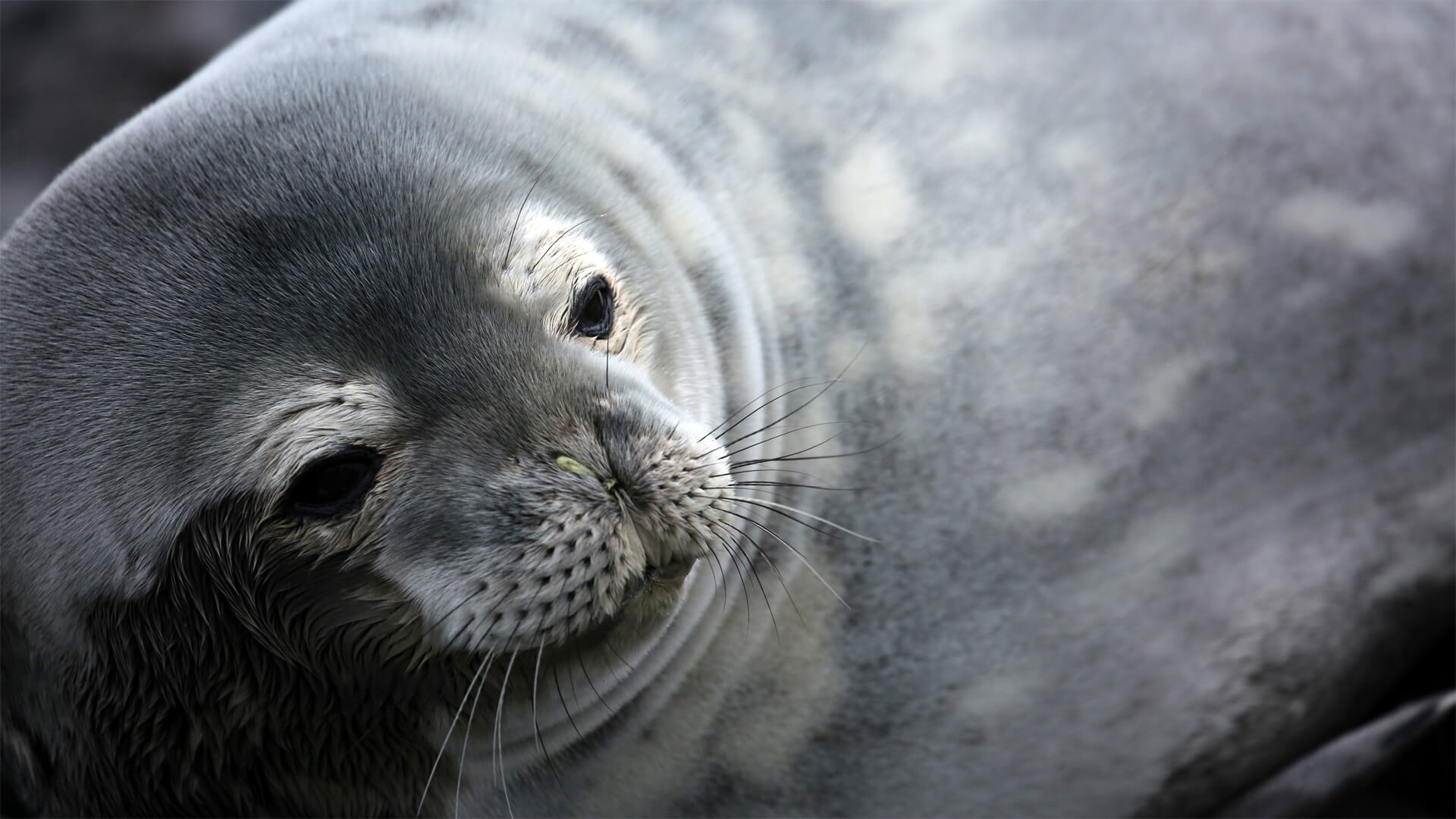
And then we turn our backs on Antarctica, in the middle of ice sculptures. Opposite, the Drake Sea awaits us for a long journey, that of the return to Ushuaia…
 English
English Français
Français
